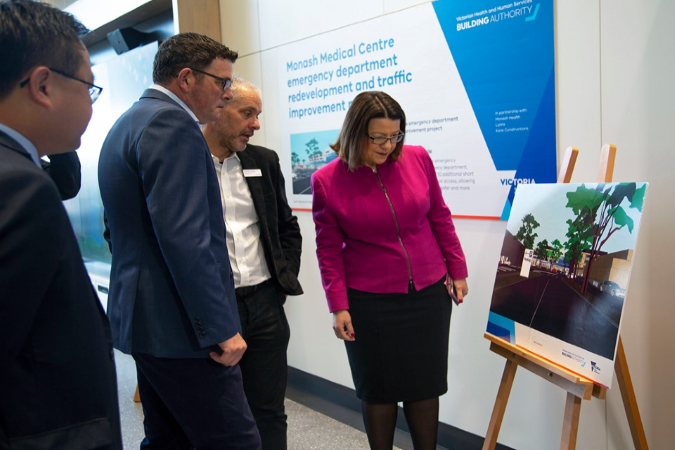29
Oct 2019
Building A Bigger, Better Monash Emergency Department
Published in General on October 29, 2019

Monash Medical Centre’s emergency department will undergo an expansion. The redevelopment will include a separate waiting and treatment area for patients who have more complex cases. The completion of this project will give the health care staff more space to move around and attend to their patients, and a better environment to work. They will also be equipped with more modern equipment in order to provide top-of-the-line emergency care. The construction is set to kick off in the near future and is expected to be finished by 2022.
In addition to this, the Victorian Premier and the Victorian Minister for Health recently launched the construction of a separate Emergency Department for Monash Children’s Hospital. Also present in the event was Tristan Watters. This 13-year-old previously recieved urgent care from the hospital’s emergency department because of his near-death experience just this year. Tristan’s pulse was over 250 beats per minute and was rushed in via an ambulance. Luckily, the emergency team was able to normalize Tristan’s heart rhythm and he was able to recover well afterwards.









